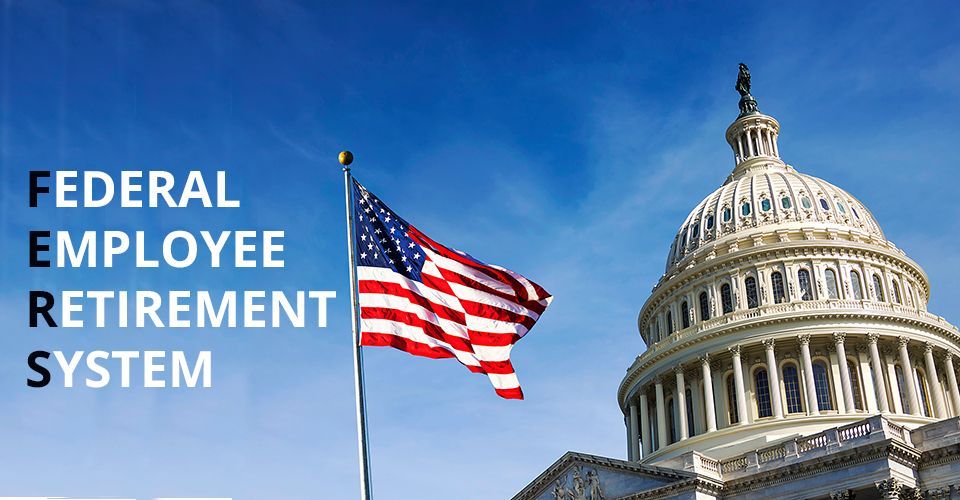Reentering the Workforce After Retirement

While many people retire and never enter the workforce again, some people choose to continue working full or part-time after they have begun drawing retirement benefits. However, there is one pitfall to be aware of in this situation: The possibility of temporarily losing Social Security or FERS Supplement income. We’ll show you what to watch out for.
Social Security Earnings Test
If you begin taking Social Security benefits and decide to return to work after this time, you need to watch out for benefit reduction if you reach a certain income threshold. For the year 2023, the SSA will take 1 dollar out of your yearly payment amount for every 2 dollars you earn in the year over $21,240. This rule is applied per person, not per household.
For example, if you earned an income of $23,000 in a year, you were also drawing social security, and your usual monthly check is $1500, your monthly payment would be reduced by $880 for the year, making it $1427.
FERS Supplement Earnings Test
For Federal employees who are retired but too young for full retirement, according to the SSA, a similar issue arises with your FERS supplement that temporarily replaces your Social Security payments. OPM will reduce your FERS supplement by the same rules the SSA applies to their benefits.
Options Available
How you navigate this pitfall depends on your goals and reasons for returning to work. If you need the income, try to stay close to $21240, or consider delaying Social Security. If you are working for social, health, or enjoyment, consider volunteer work or delaying taking Social Security payments. Once you reach the full Social Security retirement age, you no longer have to pass the earnings test and can earn a full income while taking full Social Security benefits.
Finding the course that is right for you can be challenging. Because we know how hard it can be, we have introduced a retirement coaching program. Our trained coaches will work with you one-on-one to help you navigate the earnings test, your benefits, and your needed income. To work with one of our friendly and understanding professionals, fill out his form, and a Scheduling Coordinator will get in touch with you soon.
More Featured Articles









